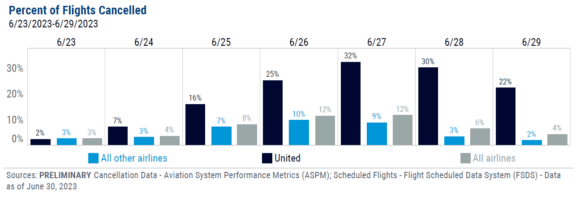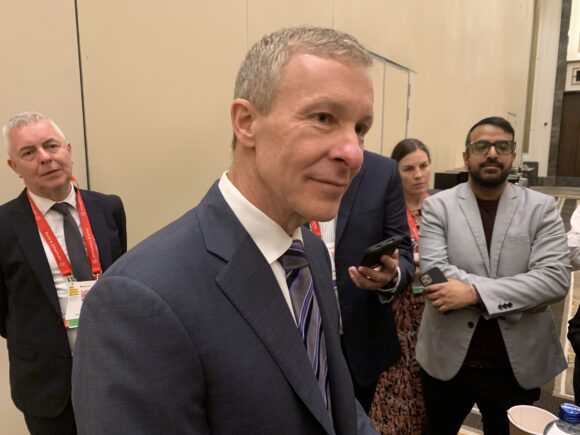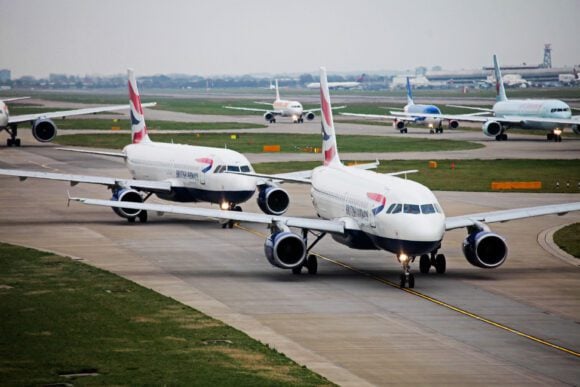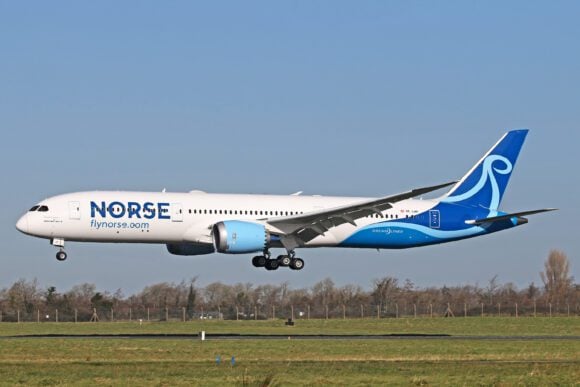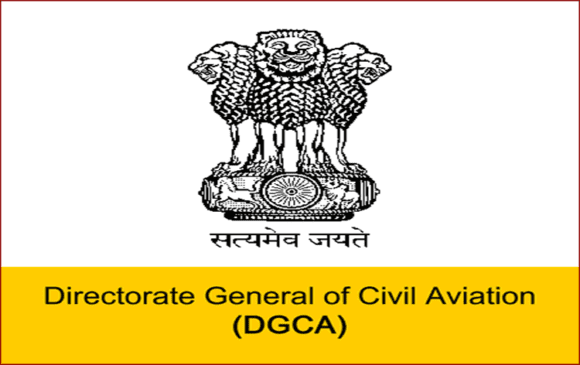
MG 8513
UPDATE – United Airlines is finding itself at the center of the storm and criticism this week when bad weather on the East Coast and staffing issues at air traffic control led to massive flight disruptions and cancelations. The crisis, which isn’t fully over yet, once again confirms how fragile the US air travel system is. This week, it was United, but who is next to suffer? Who is to blame for the summer meltdown at United?
Things can change quickly. When Southwest Airlines suffered a complete meltdown six months ago during the Christmas period, United was one of the carriers to point out that it had literally weathered the winter storms very well. Operations were back to normal after just a few days.
Back in April, United Airlines was “extremely proud” of its first-quarter financial and operational performance. Despite the winter weather in the first months of 2023, United’s seat cancel rate was just 1.09 percent, the lowest since Q1 of 2012. The carrier said it was confident that it was well-prepared for the summer peak and reiterated this just days before last weekend’s crisis.
Growing cancelations
But a sequence of bad weather led to cancelations in the New York region, with United’s hubs at Newark and LaGuardia hit particularly hard. When the FAA was forced to cancel flights due to staffing issues, the snowball got bigger. Until Friday, United has been forced to cancel 6.700 flights, of which some 2.900 in and out of Newark, FlightAware reported.
Cancelation rates for United grew from 7 percent on Saturday, June 24, to 16 percent on Sunday, 25 percent on Monday, and reached 32 percent on Tuesday, before dropping off to 30 percent on Wednesday, and 22 percent on Thursday. By comparison: the highest average for all US airlines on Wednesday was 12 percent.
On Friday, United said that there had been “meaningful improvement across our operation after a challenging week that started with bad weather on the East Coast that caused a major ripple effect throughout the system.” However, the airline warned customers that delays and cancelations would continue as it headed into the busy July 4 weekend and offered them free rescheduling. Secretary of Transportation Pete Buttigieg and the FAA also notified air passengers of their rights.
Blaming the FAA
In an internal memo to staff, CEO Scott Kirby said on Monday that “the FAA has failed us” by being incapable of offering ATC services at the level it has been able to do during previous weather issues. He said that the FAA had reduced the arrival rate by 40 percent and the departure rate by 75 percent. “It led to massive delays, cancellations, diversions, as well as crews and aircraft out of position. And that put everyone behind the eight ball when the weather actually did hit on Sunday and was further compounded by FAA staffing shortages Sunday evening,” Kirby wrote.
Kirby also thanked his staff for all the hard work and challenges over the weekend, but this didn’t entirely convince the United Airlines Pilots Association (ALPA). The pilots, already tied in a tense relationship with the airline’s management over labor contracts, accused it of “trying to shift the blame for this operational meltdown” while apologizing to customers.
On Saturday July 1, Kirby wrote another letter to staff in which he explained more what had happened at Newark:
”We dealt with severe restrictions on flight operations starting Saturday and lasting through Tuesday. (…) That means the total number of aircraft that could depart EWR was reduced between 60-75 percent for an average of 6 to 8 hours each day. Airlines, including United, simply aren’t designed to have their largest hub have its capacity severely limited for four straight days and still operate successfully.”
Kirby said that he has had “incredible thoughtful and constructive discussions” with the FAA and Secretary Buttigieg. They highlighted that ATC is severely understaffed in the New York and New Jersey area. The severe weather made the situation most complex as it led to the unavailability of two departure routes to the West of Newark. The alternative would have been a northern route through Canadian airspace, but Canadian ATC was also understaffed and they closed this route. The weather situation highlighted that Newark can’t function under thunderstorms when departure routes to the West are unavailable, Kirby said.
Lessons learned
In his letter, Kirby says that United has learned five lessons from this week’s troubles. The first is that the airline’s crew management and planning systems are not capable to handle extreme situations, although United claims they are among the best in the industry. Too much work had to be done manually, something that Southwest experienced in December.
Kirby also identifies communication with the FAA needs further improvement, but stresses the importance that the agency gets the appropriate funding to hire more ATC staff. On a detailed air traffic management level, the United CEO supports the FAA’s initiative to relieve New York ATC in the Newark area and make Philadelphia responsible for traffic at Newark. “EWR is the best international gateway that exists anywhere in the country. But it’s also the most operationally difficult airport in the country.”
“My general takeaway is while we work to control the things that are within our control, we also must do an even better job of planning against the things that are outside our control so that we can be in a position to recover more quickly,” Kirby wrote.
Private jet
While today’s letter helped to offer a better understanding of the situation, it didn’t help when reports emerged on Friday that Kirby had taken a private jet on Wednesday to get from New Jersey to Denver while United customers were still confronted with canceled and delayed flights. In a statement on Friday, Kirby sincerely apologized and said that “taking a private jet was the wrong decision because it was insensitive to our customers who were waiting to get home.”
Kirby acknowledged and praised that United staff had worked around the clock to take care of customers. “Watching our team firsthand with our customers at four different airports and during countless meetings this week, it’s clear to me they represent the best of United, and I regret that I have distracted from their professionalism. I promise to better demonstrate my respect for the dedication of our team members and the loyalty of our customers.”
While not comparable to the Southwest meltdown in December in which IT inadequacies played a major role, United will certainly have to evaluate in greater detail what went so wrong this past week. Why did United suffer worse from the bad weather issues and FAA shortfalls when it thought it had prepared well for the busy period? And why other carriers suffered less?
Views: 56

